

Today we’d like to introduce you to Kei Sasaki.
Every artist has a unique story. Can you briefly walk us through yours?
I was born in Morioka, Japan in July of 1996. My parents relocated to Boston in August of ’98, when my dad got a visiting scientist position at The Forsyth Institute. He then proceeded to work at Forsyth til 2017- when he relocated to Ann Arbor, MI. I, however, have lived almost my entire life here in Boston and the Greater Boston area. I went to daycare at Northeastern University, went through Needham Public Schools, and I then ended up at Massachusetts College of Art and Design. On weekends I went to the Japanese Language School of Greater Boston to learn Japanese Language, Math, and eventually Japanese History and Archaeic Japanese Language. I spent my summers growing up attending the Minami Elementary School and eventually the Noshiro Dai-Ni Middle School in Noshiro, Akita- not for the entire summer, but for two to three weeks of it. I grew up taking pottery classes in afterschool programs and private studios, and I took as many ceramics classes as I could in High School- even submitting an AP portfolio in ceramics. I also grew up playing Kyogi Karuta- an intellectual sport requiring the knowledge of the Ogura Hyakunin-Isshu poetry anthology, as well as agility and stamina. Because of my dad’s profession, I spent many school breaks and summers helping him out in his lab. Also because of his profession, my family always got his old computers from work, meaning I had an interest in computers and technology from an incredibly young age.
Just with my location and education alone, one can say that I grew up being a bridge between Japan and the US, but also between Japanese and English. I am a bridge between Japanese and American Culture, and I am also a bridge between Art, Tradition, Craft, and Technology. One can also say that I have had the privilege of experiencing not just a (phenomenal) American education, but also a Japanese education, and a Japanese education one can only experience here in Boston. I also had an incredibly rich art education. Not only did I grow up in an environment where Fine and Performing Arts were considered absolutely essential, I also grew up in a family that made sacrifices in order to let me pursue a lifelong journey in the arts.
Once I got to MassArt, I immersed myself in the studio- by the time I graduated, I had gone through nearly 1300 pounds of clay. Many of my friends described my studio habits as “insane”. Looking back on those long nights and long days spent in the studio making pots and sculptures, I now know it was for “research purposes”. My definition of research is by making, and trial and error. The scientific method is something that all of my basic questions get formatted into as if this is something pre-programmed into my brain. I’d make mugs- but I’d make twenty in a sitting. Or I’d make 200 for an event. Or I’d make three clay heads in one semester. All of my work was repetition based and based in repetition of form. A mug was something that I could make a set process for, but modify each step of the process in minute ways in order to have a different end result, and it was a form that allowed me to research the ergonomics of a handle by making and experimenting.
Now, I work at MassArt’s Technology Department, working on inventory and asset management, as well as helping to manage the front desk and macOS support. I like to think of my job as helping the faculty and staff to teach the students, as well as help maintain the environment in which our students are creating.
Please tell us about your art.
I began taking pottery classes at the age of 6, and I graduated with a BFA in Fine Arts 3D with a concentration in Ceramics from Massachusetts College of Art and Design.
I make tableware- and I seem to have an affinity for cups and mugs, as well as smaller tableware. I also make large coil pots and covered jars, as well as sculpt the human figure and form. What is important to me as a maker is the act of repeating a set process in order to better understand the piece I am working on, and in doing so I am constantly trying to improve my process and workflows.
When I am making my work, I am also working through past trauma, my current state of mental health and neurodivergence. I was not diagnosed with ADHD until I was 20- which means I went through the majority of my education without treatment and help. I had to learn at an incredibly young age how to understand my world when I had a very limited sensory and information filter. I learned how to read and write, as well as translate English and Japanese by having a system in my brain for how language is spoken, how language translates, and how language gets lost in translation. I often find myself thinking subconsciously in two languages, constantly pulling words and phrases from one or the other in order to fill in what I like to call “the void between languages”, or words and phrases that do not translate.
When I make pots, I have a set workflow I follow. In the case of mugs:
1. prepare clay- weigh, wedge.
2. center clay, open clay, compress bottom
3. raise walls, form walls
4. remove from wheel, dry to leather hard
5. trim bottom
6. surface decoration
7. attach handle
8. dry to bone dry, fire to 1860f
9. glaze
10. fire to either: 1940, 2200, 2350
When I am making pots, I am using the potter’s wheel. The potter’s wheel is a consistent, constant rotational force, meaning the way in which I can alter my process is by altering the clay body I work with, the direction the wheel is rotating, the tools I use to throw, altering my surface decoration methods, and the temperature at which I fire my pieces. When I raise my walls, I may use coils instead of only throwing on the potter’s wheel, which allows me to work much larger than I would be able to just by throwing. If I use porcelain for example, I need to be extremely careful about how I center and compress my pieces in order to prevent cracking and warping on my pieces. I also need to be mindful of the fact that clay is ALIVE and it has a memory- every time I touch the clay I am putting it through a certain degree of trauma, that from the stress of firing the clay may end up warping or cracking. I respond and relate to these qualities of clay because I experienced emotional manipulation as a child as a result of 2 differing opinions on education and academic success and a generally non-existent acceptance of neurodivergence in my family and culture.
Now, reflecting upon why I make art, I can say that I make art in order to satisfy my necessity and need to constantly be following a process or improving a process; as well as satisfy my need to problem solve and keep my brain and my hands moving.
What do you think is the biggest challenge facing artists today?
I think the biggest challenge facing artists today… I can’t speak for everyone. However, I can say that my biggest challenge is really a time based question- as someone who structured their workflows around a stationary, semi-permanent studio space for two years, it’s incredibly difficult to shift myself to a more mobile workflow and one that requires me to work in temporary space. While I am currently working at MassArt and I theoretically can use the facilities, but I find that a majority of my mental energy is being spent and used in order to solve technology problems.
It may be because I need to take a break from making, and allow myself to dissociate from the “permanent studio” environment that I had built into my process.
Since the initial interview, it has become very clear to me that I don’t particularly care about what happens to a piece after it’s been made- I care about the process of making. I want to know more about the process of making. I want to learn about the process of making while helping others in the process of making. Within the term “artist” I feel that there are several subcategories, including the following: Educator, Studio Artist, Technician, and Student. I use the term “student” in regards to anyone in a position where they are learning from an instructor. I find myself in this category a lot. The subcategory, “technician”, is where I find myself when I’m not a student.
I am privileged to be in the ultimate technician role, where I get to help educators teach students new techniques and solidify foundations of an art education, make sure that the tools and resources on campus are accessible, available, and well maintained for the students; while also having the opportunity to be a course assistant or work in the studios when I have time. I no longer desire to have a permanent studio space-I am still in a state of reflection with my own work, but very excited to be a Course Assistant in ceramics this summer at MassArt.
How or where can people see your work? How can people support your work?
People can view my work on my website, kei-crmx-pottery.com
And follow my day-to-day on Instagram, @kei_crmx_pottery
Contact Info:
- Website: kei-crmx-pottery.com
- Instagram: instagram.com/kei_crmx_pottery
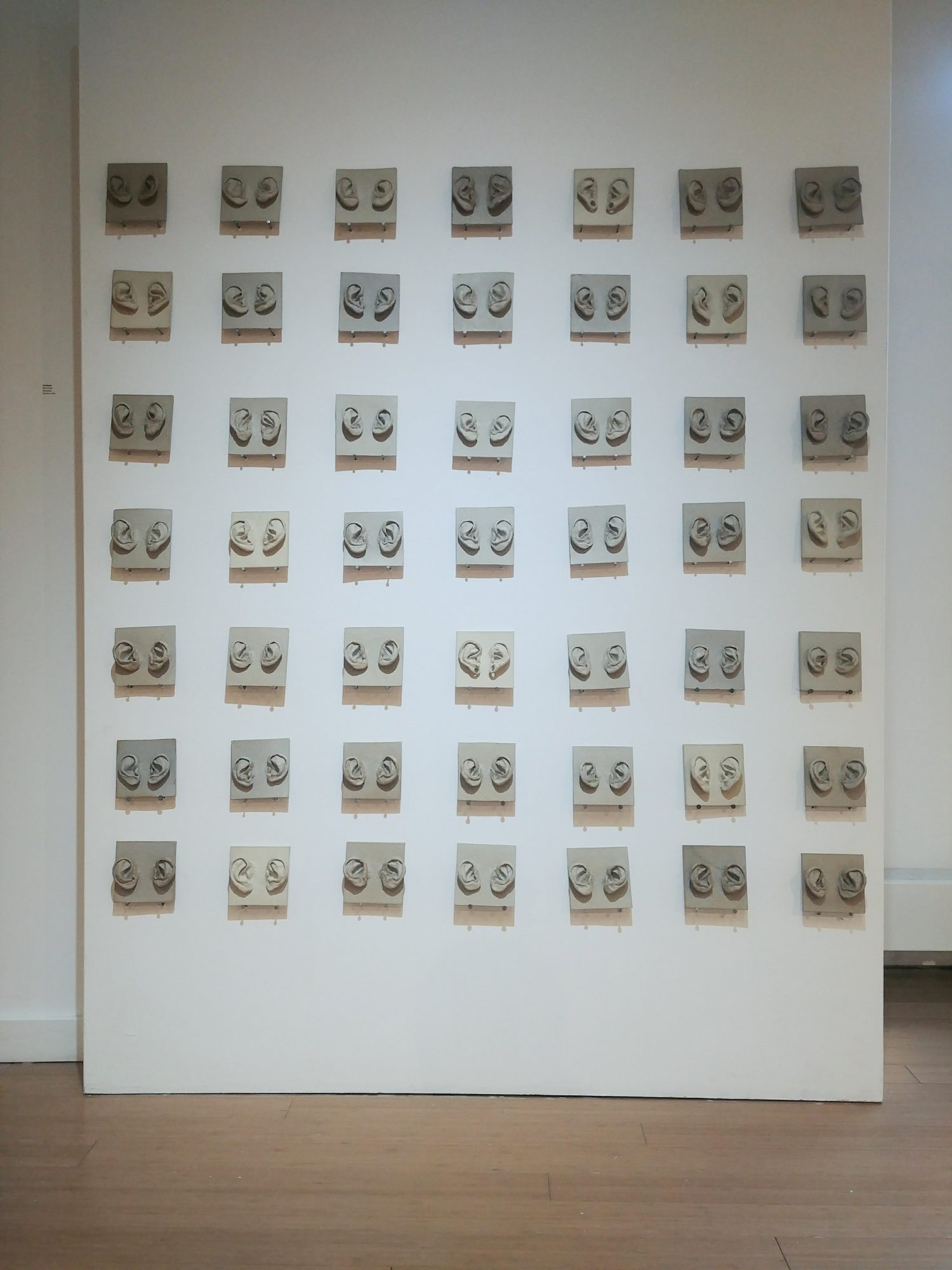
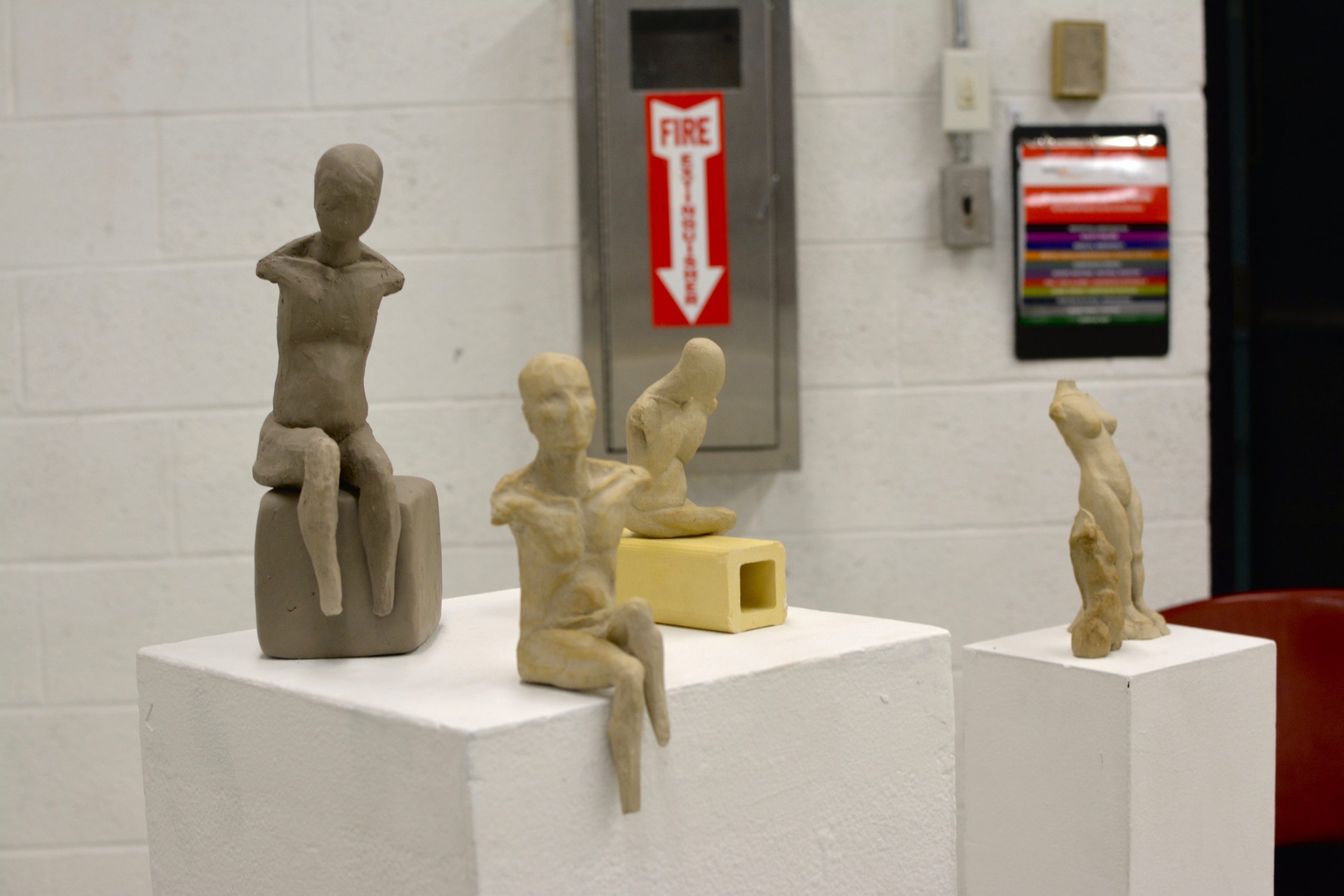


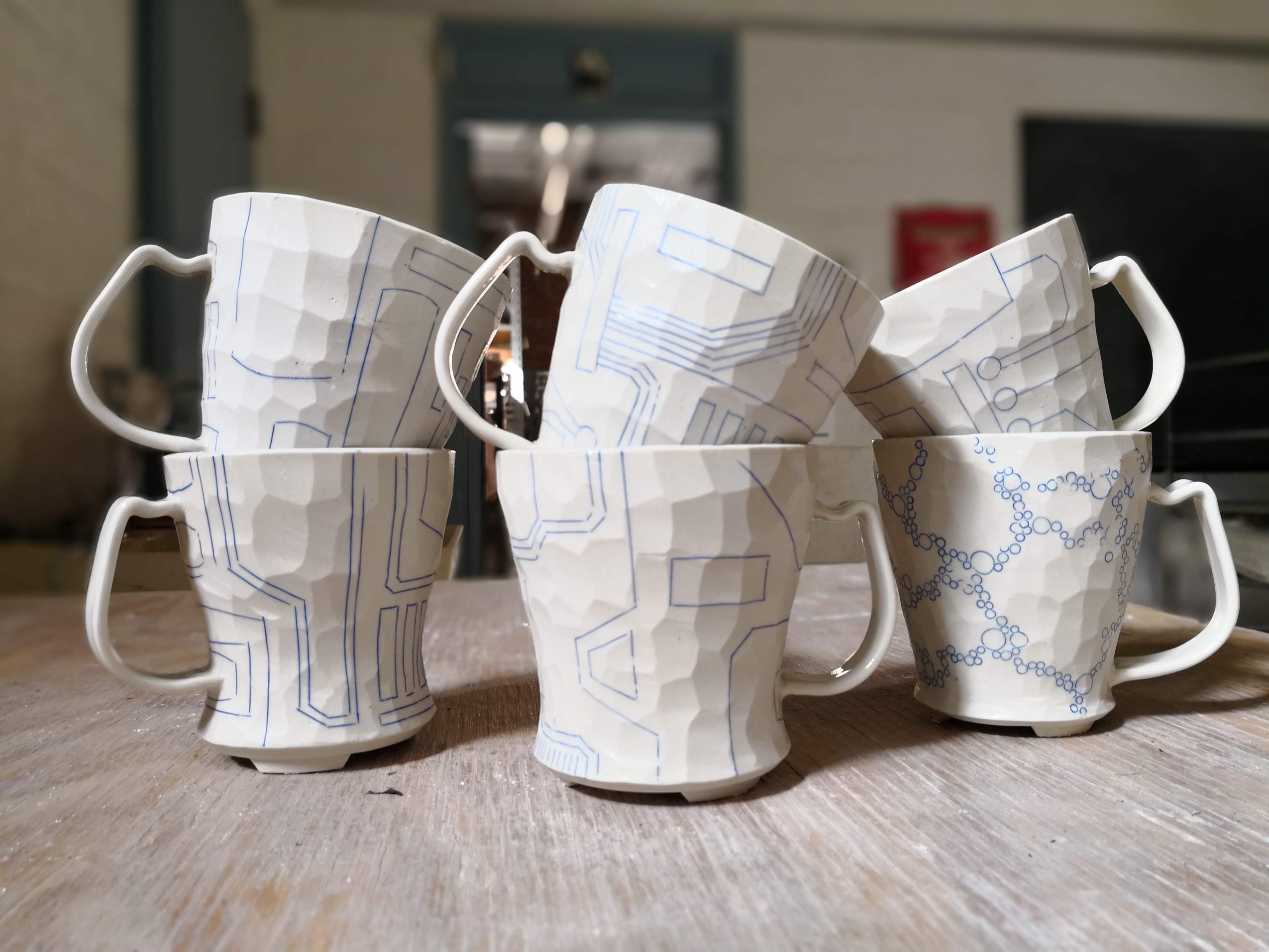
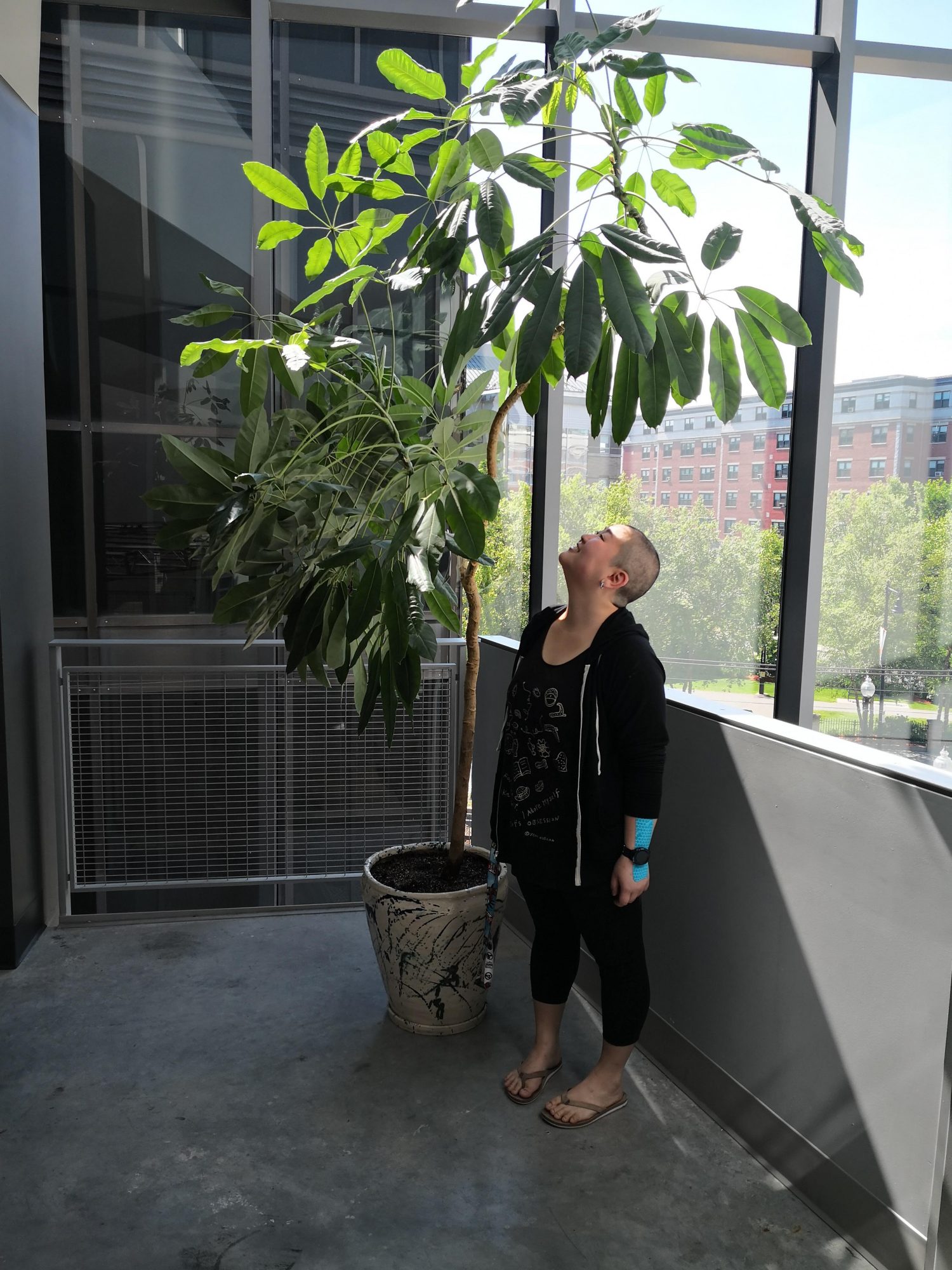
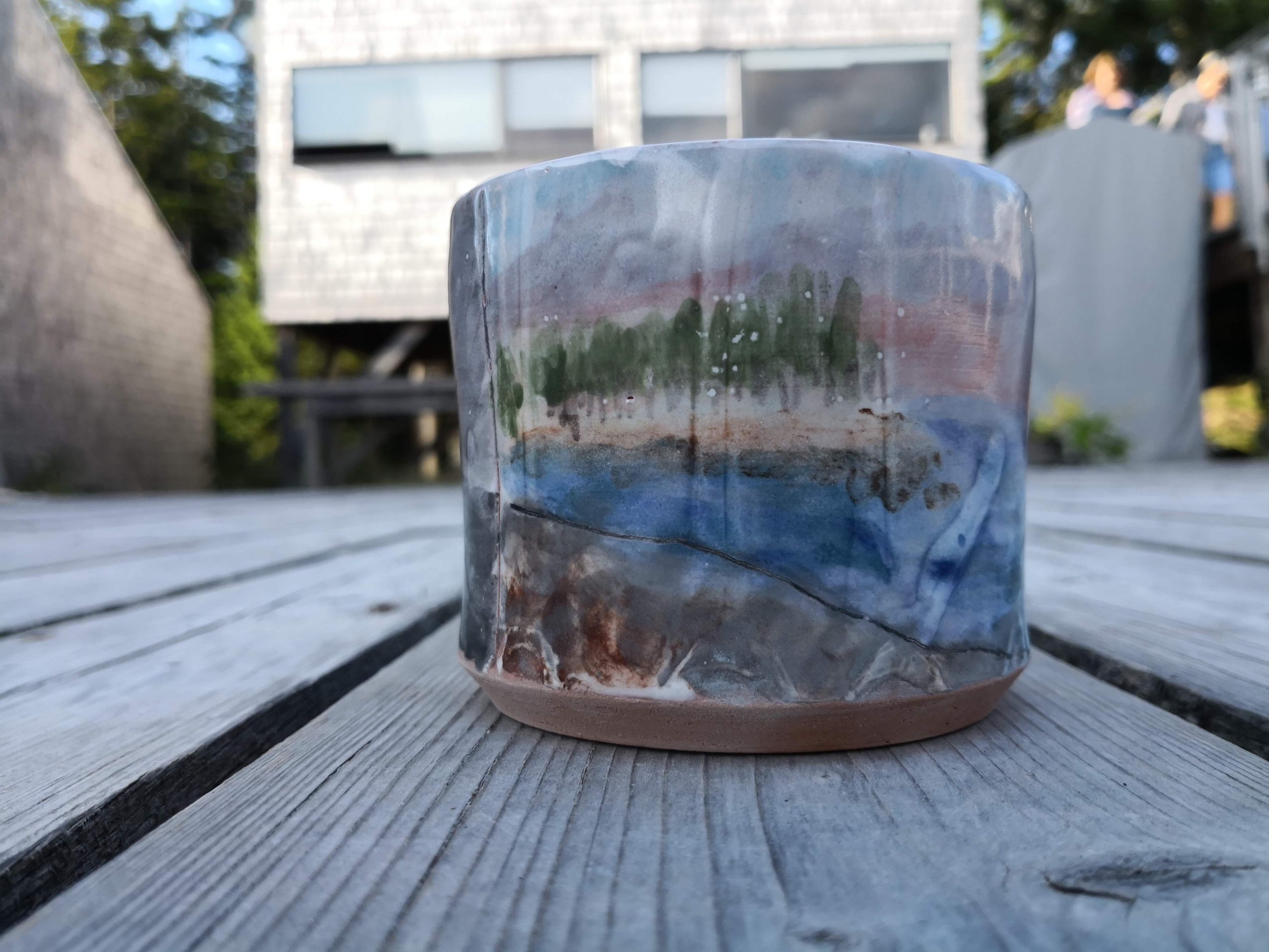
Image Credit:
Kei Sasaki
@kei_crmx_pottery
kei-crmx-pottery.com
Getting in touch: BostonVoyager is built on recommendations from the community; it’s how we uncover hidden gems, so if you know someone who deserves recognition please let us know here.
















